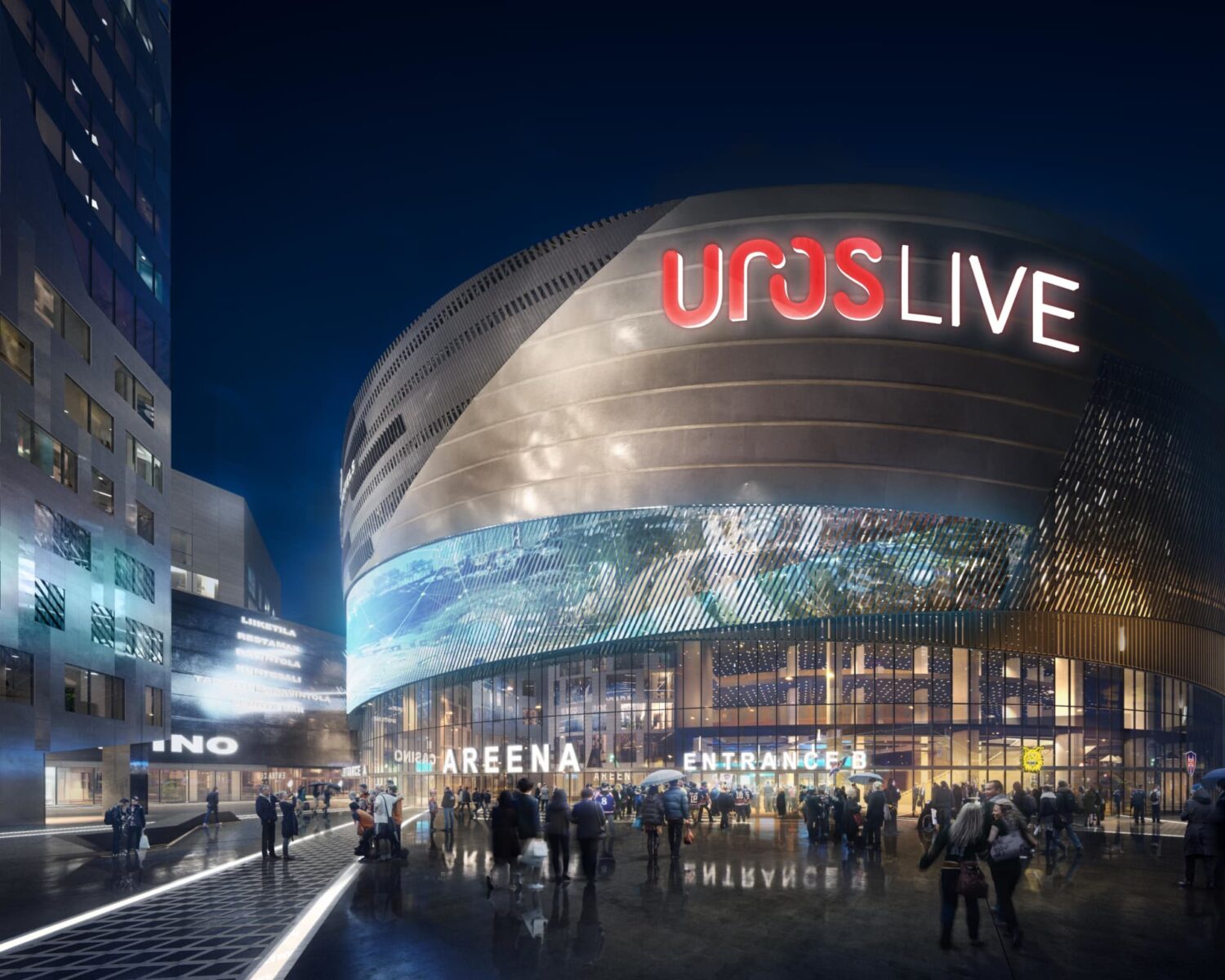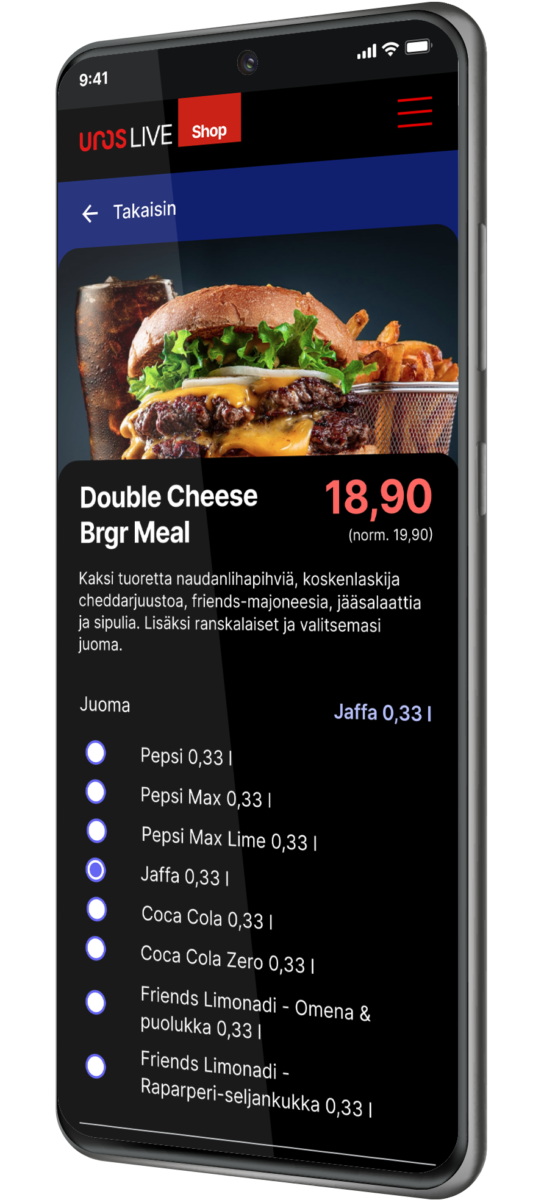UROS Live Arena eCommerce
I was the Lead UX/Visual-designer in Uros Live eCommerce platform, which enables arena visitors to order food and drinks for pickup from the arena´s restaurants. This should have been only the start of things to come. The plan was to create a comprehensive digital solution for UROS Live Arena customers and also for event organization parties. i had a part in planning the future of the whole service .
CustomerUROS LiveRoleUX/Visual/Service -DesignerYear2021
UROS Live
So you buy a ticket to an event from the ticket vendor service, Then you travel to the event using bus or train company´s service. When you enter the arena you search your pdf ticket from your email. Then you try to find your seat. When the half time comes, you rush to the endless queue to buy a beer or something to eat. What if there´s a service that covers all of that and much more? All of those actions also create valuable data that event organizer can use to develop it´s future events. It also provides a way for different parties, for example the main event organization and after party organization, to combine separate events into one. That was the plan in a nutshell.
Arena
UROS Live platform had been in the making about 1,5 years before i joined the team. At that point focus had shifted numerous times because the playfield had changed quite a bit over time and as a result, we basically had to start from the scratch. Newest development was that Uros had acquired rights for arena name and could use the arena to develop and to test out Live platform. It was also made public that the arena, which would open up in 6 months time, would offer “new innovative services within events to delight event-goers”.
Service Design
Personas and user journeys
We started out by determing personas and tried to figure out their motives, tasks, influences and pain points. There are many stakeholders in an event: From Event oragnizer to lessor to a superfan to group leader. We interviewed arena personel and used our own experience as event-goers. With user journey maps we tried to find out the pain points.
Maturity level
There were features that have already been developed during that 1,5 years. Some of those were basically done, others just an ideas. We made a board that showed the maturity level of each feature. That helped us to determine in which persona we serve the most in the present state, and in which persona we should focus on.
Other factors were which user group would bring the biggest revenue, which user groups features were the most cost efficient to make and so on.
Ideas to features
Canvas was almost blank. There were some splashes here and there, but the big picture was not clear. Ideas were scattered. Others excecutable and others just an high-level ideas. Our plan was to funnel out those high level ideas into executable tasks in workshops. We also had open miro board for anyone to post just random ideas into it for further evaluation.
Uros Live eCommerce
eCommerce service was sort of given feature in this day and age. It would solve lots of pain points and would generate more revenue for the arena. I was the lead UX/UI designer for the eCommerce service. In depth business design was thoroughly made by an outside agency so my role was to design visually appealling and easy to use mobile service for several pre-determined use cases for regular event-goers, groups, group leader and the boxes.
Visual style
Uros had it´s own design system, but it was mostly made for viewing data from a water sensor or that sort of engineering stuff.
Because Uros Live eCommerce was a consumer service we wanted to make it visually striking to reflect the quality level of the whole arena experience. I used parts of the Uros Design system, such as buttons and text fields, but made my own library with customized elements, making sure we could still use the pre-developed elements as much as we could for efficiency.
Service was not an app and not only meant for mobile device, although the users would be mostly using mobile devices.










